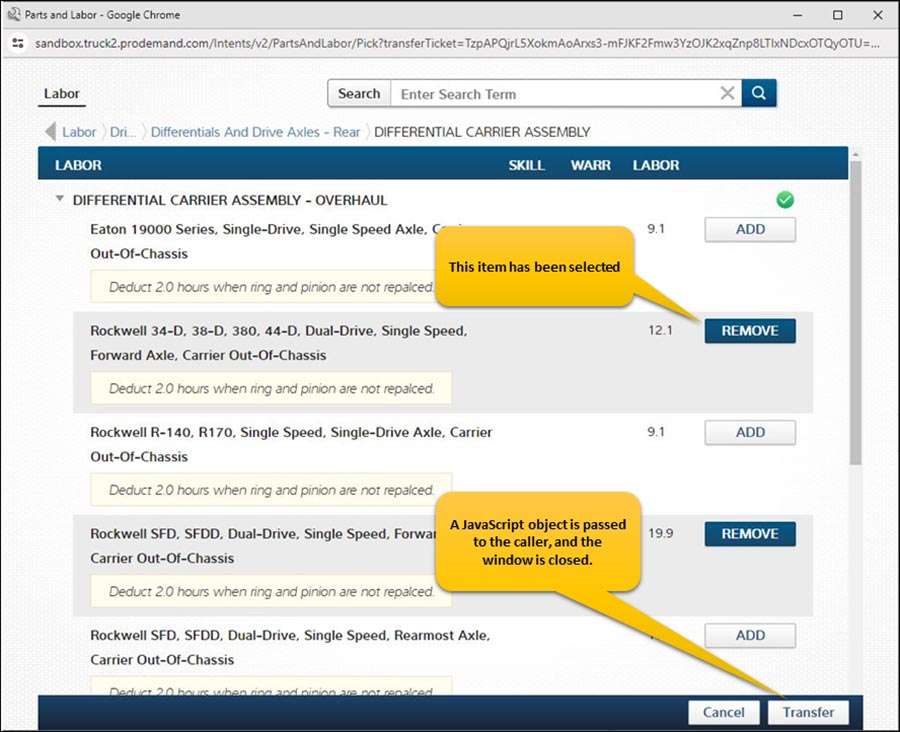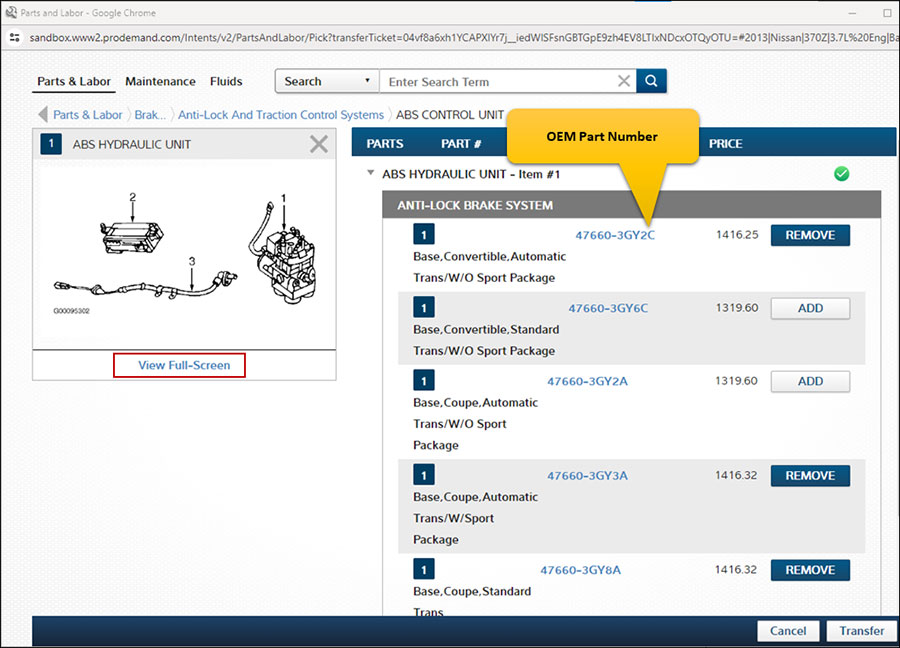Part 1 of the “What is ADAS” series
Some of the most exciting innovations in the automotive industry over the last decade have been related to safety. The best minds in the business are focused on trying to make the driver, passengers and the car itself as safe as possible. One of the greatest innovations are Advanced Driver-Assistance Systems (ADAS), a new category of safety technologies that is becoming more and more common in newer model vehicles.
Description text is after the infographic.
What are Advanced Driver-Assistance Systems (ADAS)?
Advanced Driver-Assistance Systems (ADAS) are a set of features implemented on a vehicle that work to increase car and road safety. ADAS includes a plethora of different car safety features and technology, including adaptive cruise control, collision avoidance, parking assist, pedestrian crash avoidance mitigation, and much more.
In addition to promoting the safety of both the driver and vehicle, ADAS sensors and systems are a step forward toward having an “L5” Autonomous vehicle. An L5 Autonomous vehicle is a completely self-driving car in which even the steering wheel would be optional— a once futuristic vision that will soon be a widespread reality.
What Do Advanced Driver-Assistance Systems Include?
ADAS includes a variety of high-tech sensors, systems, and features to keep the driver safe. While in each individual vehicle ADAS may be different in its offering, below are some of the more common components found on ADAS-equipped vehicles.
Adaptive Cruise Control
Adaptive cruise control is a new and improved version of cruise control, where the car will either slow down or speed up to keep up with the surrounding flow of traffic. Sensors on the vehicle ensure the distance both in front and behind the car does not go above or below a predetermined level.
Back-Up Cameras/Sensors
Back-up cameras and sensors make parallel parking and pulling out of a driveway or parking spot easier. The back-up camera allows the driver to easily see behind the car, while the sensor alerts the driver if they are getting too close to an object that can possibly damage the vehicle.
Adaptive Headlights
Adaptive headlights make driving at night safer by redirecting the beams of the headlights to better see around bends and corners. Similarly, adaptive headlights will adjust when going up or down a hill to illuminate the road ahead.
Lane Departure Warning
If a vehicle drifts toward or outside the lane markings while in motion, system alarms will go off alerting the driver to correct their action, helping them to remain safely in the lane.
Automatic Parking
Leave the stress and hassle of parking behind with automatic parking, an amazing ADAS feature that will autonomously park the car for the driver.
Blind Spot Monitoring
Every car has some sort of blind spot, which is an area that a mirror simply cannot see. Blind spot monitoring warns the driver if there is a car or other object in the car’s designated blind spot.
Emergency Braking
Emergency braking helps to stop or slow down the vehicle if a driver gets too close to the car in front of it. This braking assistance can help reduce the number of car accidents.
Pedestrian Detection
Pedestrian detection systems use advanced technology to differentiate between walking pedestrians and other objects, taking extra care to keep pedestrians and drivers safer.
Drowsy Driver Detect
After a long night on the road, drowsy driver detection can sense signs of driver fatigue by scanning the driver’s face to make sure their eyes are open and attentive on the road ahead of them. The goal is to prevent accidents caused by a drowsy or sleeping driver.
Night Vision
Some vehicles offer automotive night vision to help the driver see more clearly at night or in poor weather.
Advanced Driver Assist Systems are Growing Rapidly
ADAS features were once only available for the more advanced, luxury cars, but gradually these features are becoming more and more standard on mid- and even entry-level vehicles. Soon, most all new cars introduced onto the market will have some sort of sensor system and camera in it to protect the driver and those on the road.
Why Do Auto Repair Shops Need to Be Prepared for ADAS?
ADAS may make life simpler for the driver, but it makes things significantly more challenging for auto repair shops. Common jobs that used to be quite simple are now more complicated than ever. Something as straightforward as a wheel alignment now can require a complete re-calibration of certain components.
Proper calibration is essential for ADAS to function properly and to keep the driver safe, as even the slightest mistake in calibration can result in disaster. While the vehicle is driving, the “field of view” can be slightly shifted. When you consider even a two-degree alteration on a forward-facing radar module, the focus at 60 feet ahead of the car won’t even be in the car’s same lane. Potentially deadly consequences can result from unanticipated behaviors of the adaptive cruise, pedestrian detection and other features. That means that with the growing omnipresence of ADAS systems, it is critical for auto repair shops to be prepared for this new technology.
Read more about ProDemand and ADAS:
- What Are the ADAS Challengers for Auto Repair Shops? (Part 2 of the “What is ADAS?” Series)
- Repair ADAS Equipped Vehicles Without Breaking a Sweat
- ADAS is Pulling Into Your Shop







